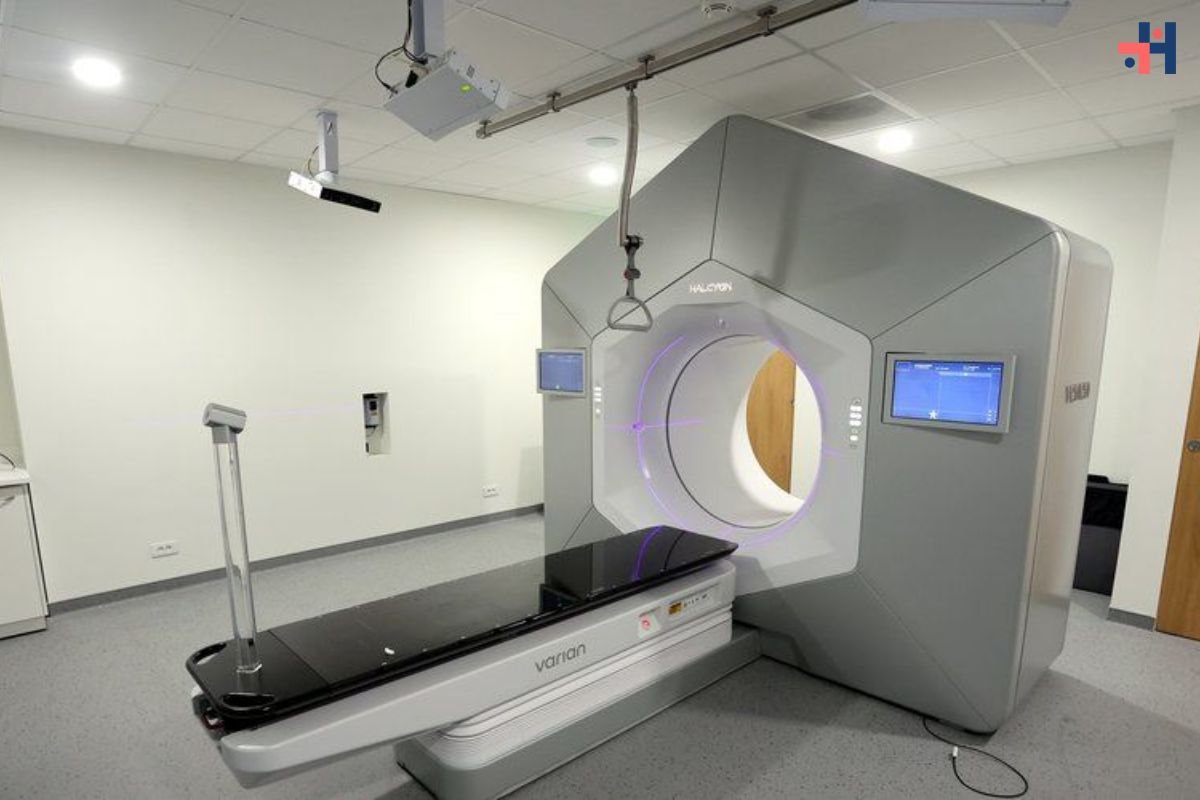In the digital age, electronic health record (EHR) systems have revolutionized the way healthcare providers manage patient information. From streamlining administrative tasks to improving patient care coordination, EHR systems offer numerous benefits for healthcare organizations. In this comprehensive guide, we will delve into the intricacies of electronic health record systems, exploring their features, benefits, challenges, and the future of healthcare technology.
Section 1: What are Electronic Health Record Systems?
Electronic health record systems, often referred to as EHRs, are digital versions of patients’ paper charts. These systems contain comprehensive medical history, diagnoses, medications, treatment plans, immunization dates, allergies, radiology images, and laboratory test results, among other essential patient data. Unlike paper records, EHRs allow healthcare providers to access and update patient information securely and efficiently.
Section 2: Features and Components of EHR Systems
Modern electronic health record systems come equipped with a wide array of features and components designed to streamline healthcare workflows and improve patient outcomes. Some key features include:

- Patient Demographics: EHR systems store patient demographic information, such as name, age, gender, contact details, and insurance information.
- Medical History: Comprehensive medical histories, including past diagnoses, surgeries, hospitalizations, and family medical history, are stored in EHR systems.
- Clinical Notes: Healthcare providers can enter and review clinical notes, including progress notes, SOAP (Subjective, Objective, Assessment, Plan) notes, and consultation notes.
- Medication Management: EHR systems facilitate medication management by allowing providers to prescribe, refill, and track medications, as well as check for potential drug interactions and allergies.
- Order Entry: Providers can electronically order diagnostic tests, procedures, and referrals directly within the EHR system, streamlining the ordering process and reducing errors.
- Interoperability: Interoperability features enable EHR systems to exchange patient information securely with other healthcare organizations, laboratories, pharmacies, and imaging centers.
- Clinical Decision Support: EHR systems offer clinical decision support tools, such as alerts, reminders, and evidence-based guidelines, to assist healthcare providers in making informed treatment decisions.
- Billing and Coding: EHR systems include billing and coding functionalities to streamline revenue cycle management processes and ensure accurate reimbursement for services rendered.
Section 3: Benefits of Electronic Health Record Systems
The adoption of electronic health record systems offers numerous benefits for healthcare providers, patients, and the healthcare system as a whole. Some key advantages include:

- Improved Efficiency: EHR systems streamline administrative tasks, such as appointment scheduling, charting, and billing, allowing healthcare providers to focus more time on patient care.
- Enhanced Patient Care Coordination: EHR systems enable seamless communication and information sharing among healthcare providers, leading to improved care coordination and patient outcomes.
- Better Patient Engagement: Patients can access their health records, schedule appointments, request prescription refills, and communicate with their healthcare providers through patient portals integrated with EHR systems, promoting greater patient engagement and empowerment.
- Reduced Errors and Duplication: Electronic health record systems help reduce errors and duplication of tests and procedures by providing real-time access to up-to-date patient information and clinical decision support tools.
- Cost Savings: By streamlining workflows, reducing paperwork, and minimizing errors, EHR systems can help healthcare organizations achieve cost savings over time.
- Data-driven Insights: EHR systems generate valuable data that can be analyzed to identify trends, measure performance, and drive quality improvement initiatives in healthcare delivery.
Section 4: Challenges and Considerations
Despite the numerous benefits, the adoption and implementation of electronic health record systems also present challenges and considerations for healthcare organizations. Some key challenges include:
- Cost: The initial cost of implementing an EHR system, including software, hardware, training, and ongoing maintenance, can be substantial for healthcare organizations, especially smaller practices.
- Interoperability Issues: Achieving seamless interoperability between different EHR systems and healthcare IT infrastructure remains a significant challenge, hindering the exchange of patient information across care settings.
- Data Security and Privacy: Protecting patient health information from unauthorized access, breaches, and cyber threats is paramount. Healthcare organizations must implement robust security measures and comply with regulations such as HIPAA (Health Insurance Portability and Accountability Act) to safeguard patient data.
- User Adoption and Training: Ensuring healthcare providers and staff are adequately trained to use EHR systems effectively is crucial for successful implementation. Resistance to change and workflow disruptions can arise if users are not adequately prepared for the transition to electronic records.
- Usability and User Experience: Poorly designed EHR systems with complex interfaces and cumbersome workflows can lead to user frustration, burnout, and reduced productivity among healthcare providers.
Section 5: The Future of Electronic Health Record Systems
Looking ahead, the future of electronic health record systems is promising, with ongoing advancements in technology and innovation. Some key trends shaping the future of EHR systems include:

- Artificial Intelligence and Machine Learning: AI and machine learning technologies hold the potential to enhance clinical decision support, automate documentation, and improve predictive analytics in EHR systems.
- Blockchain Technology: Blockchain-based EHR systems offer enhanced security, privacy, and data integrity by creating tamper-proof, decentralized records that are resistant to hacking and unauthorized access.
- Telehealth Integration: The integration of telehealth capabilities into EHR systems enables seamless virtual care delivery, remote monitoring, and patient-provider communication, expanding access to healthcare services.
- Population Health Management: EHR systems are evolving to support population health management initiatives by aggregating and analyzing patient data to identify at-risk populations, implement preventive interventions, and improve health outcomes at the community level.
Conclusion:
In conclusion, electronic health record systems play a crucial role in modern healthcare delivery, offering numerous benefits for healthcare providers, patients, and the healthcare system as a whole. By understanding the features, benefits, challenges, and future trends of EHR systems, healthcare organizations can make informed decisions to optimize their use of technology and improve patient care outcomes.










